Educational shade structures to prevent sunburn
Keeping students safe from the sun It’s not surprising that one in three Australians develop some form of skin cancer before the age of 70. Living in...

With a solution-focused approach, we collaborate closely with clients and consultant teams to align on scope, time frames, design objectives, and cost. We’re committed to delivering a strong return on your investment. Are you interested in our work in the commercial and industrial sectors?

Our client, a vet and sheep farmer, needed a shearing shed and yard cover designed for efficiency and innovation. Partnering with our team, he collaborated with fit-out providers to create two custom steel structures tailored to his farm’s needs. His farm is now equipped for better working conditions and long-term success.

Providing Industry-Leading Steel Building Solutions
Central Steel Build, committed to innovation, quality, and customer satisfaction, has solidified its reputation as an industry leader. We're revolutionising agricultural structures, and transforming how farmers and producers approach building solutions. If you’re interested in our work in the agricultural sector, read the article to discover how we’re transforming building solutions.

Oritech combined office and warehouse
Oritech Pty Ltd partnered with us to build a modern office and warehouse facility in Mitchell Park, Victoria. The design featured innovative L-shaped tilt panels for both function and style. Using our Pro. building approach, we delivered a durable, cost-effective, high-quality solution. Seamless collaboration ensured the project was completed on time and within budget.

Most Australian schools have some form of play or sports surface, whether it is synthetic or organic. No matter what the surface is made of or used for, there are certain things to consider from a maintenance and purchasing position.
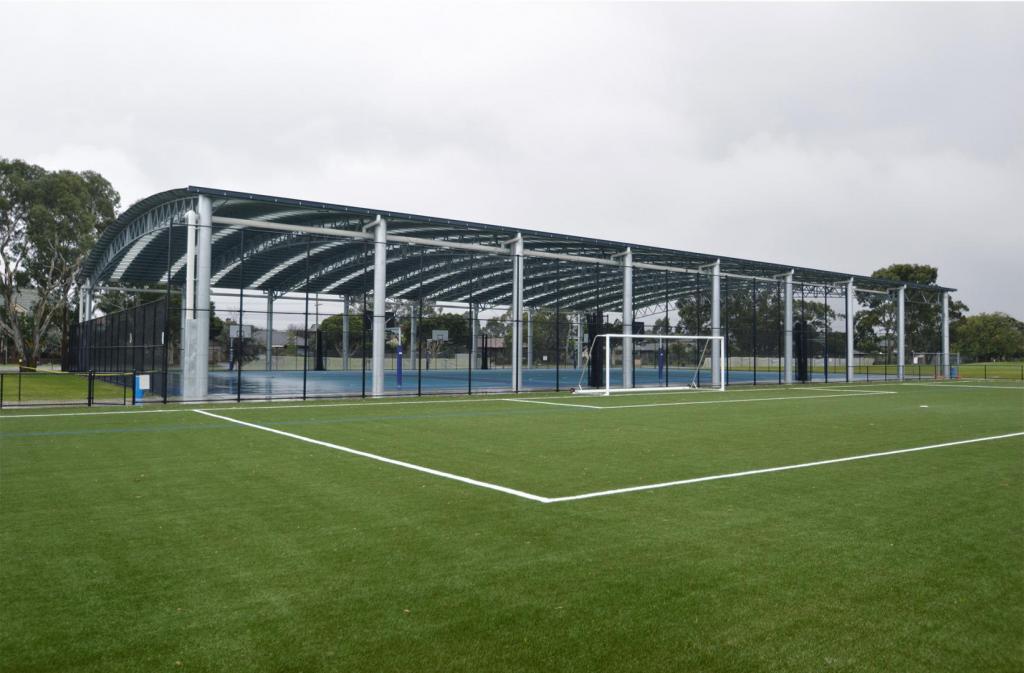
School play surfaces tend to be either bark, rubber, sand or synthetic grass. Both new and existing surfaces are required to comply to the playground surfacing standard AS4422 and may be influenced by the playground standard AS4685.2014.
To make sure your surface performs as it was intended irrespective of whether it is synthetic or organic you may need to carry out ongoing maintenance according to supplier guidelines.
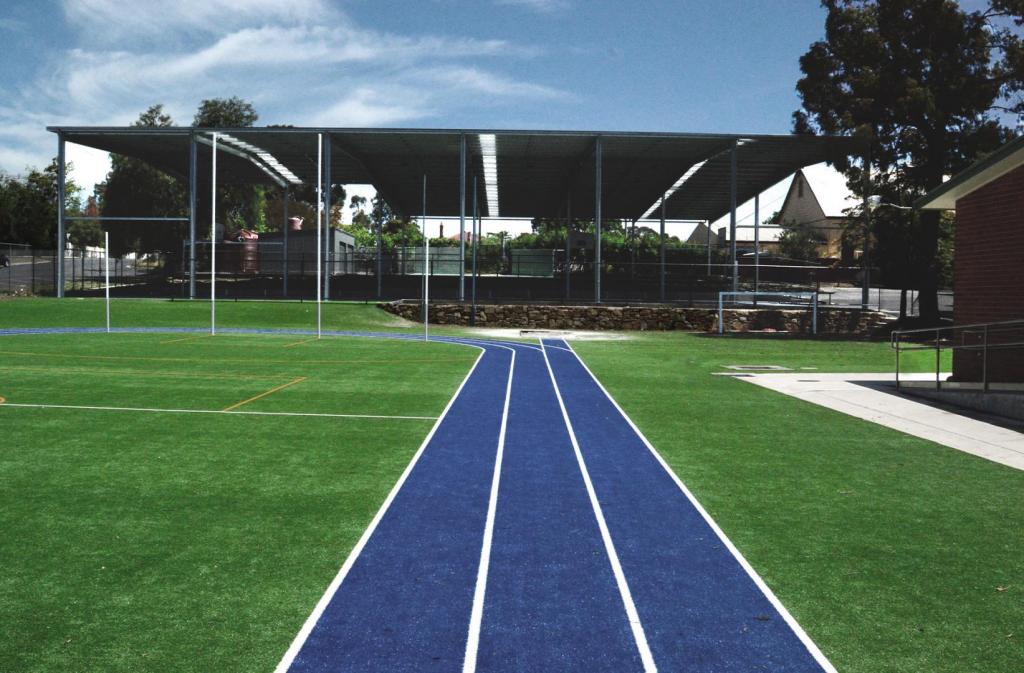
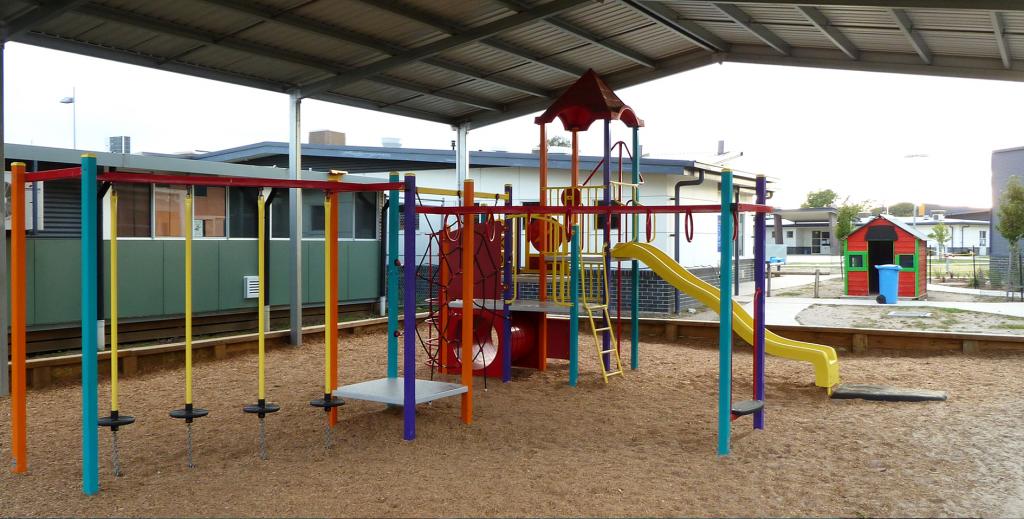
Synthetic surfaces including rubber, polyurethane, acrylic based and synthetic grass have similar pros and cons as mentioned above. However, the exception to these are PU or acrylic materials.
Many schools that have installed PU style sports surfaces complain that the surface is slippery and difficult to use. This lack of traction is due to dirt, sweat and dust forming a polished layer on the surface. Mostly this can be rectified by professionally cleaning the material with the right equipment and chemicals. When an area is beyond such maintenance it can be resurfaced cost effectively.
Acrylic surfaces for outdoor courts are found in multiple colours, however a common complaint is that ‘our court is black’. Usually this is because the court is in the damp or shade and probably mouldy. This is easily fixed by pressure washing the surface every now and again. This will keep the court looking and performing like it should.
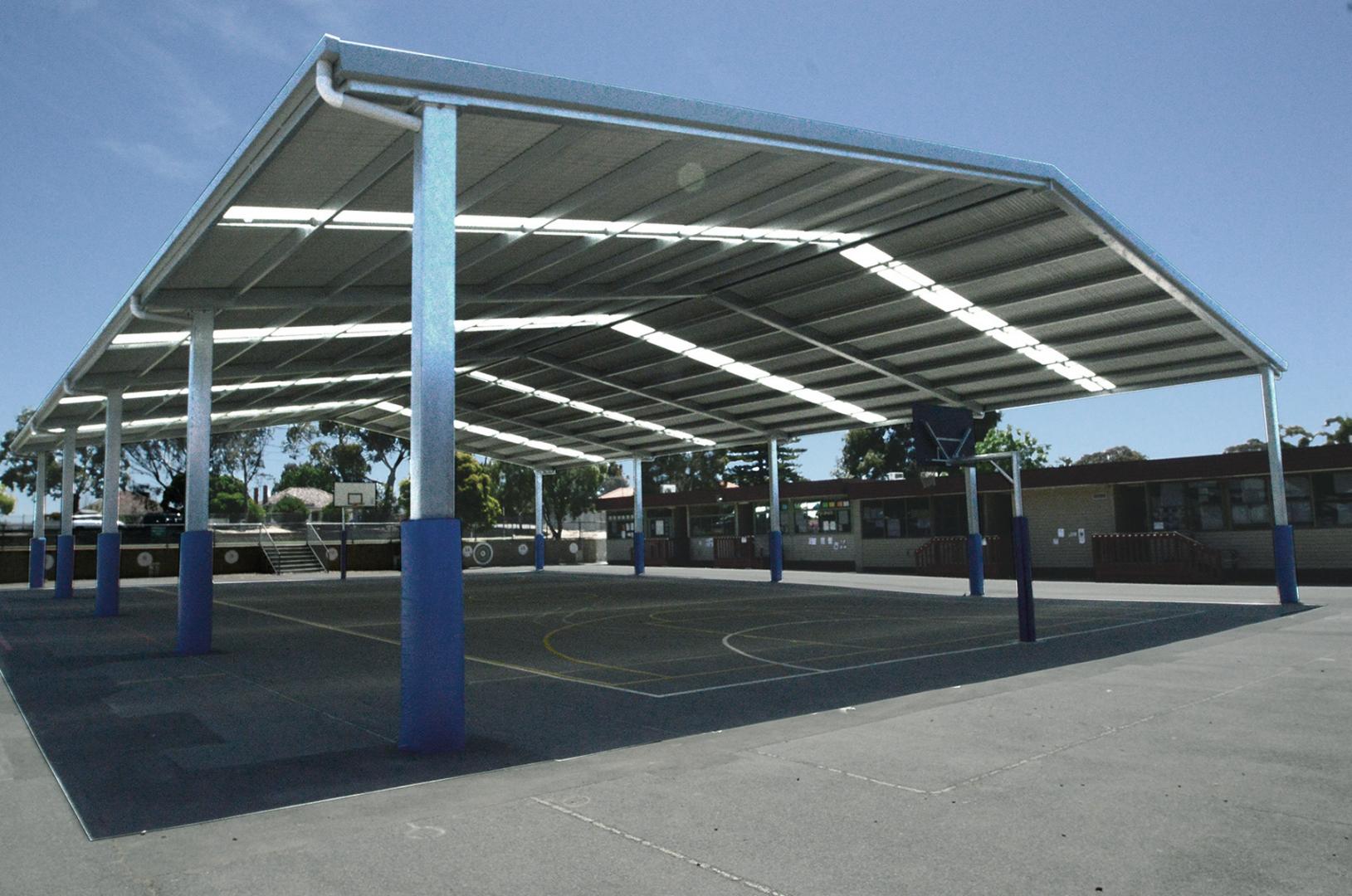
Keeping students safe from the sun It’s not surprising that one in three Australians develop some form of skin cancer before the age of 70. Living in...
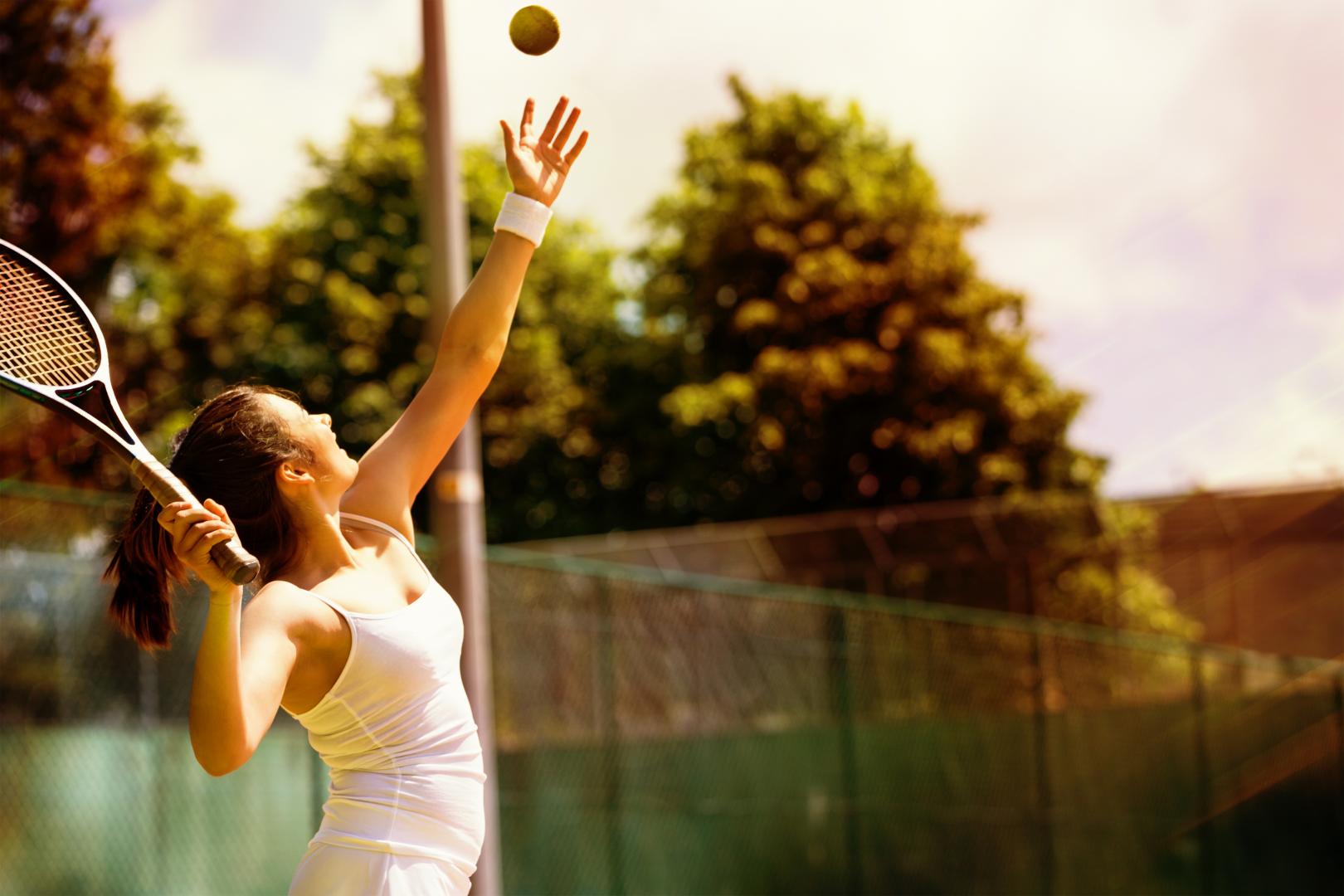
Summer is well on its way now in Australia, with the weather warming up nicely and the sun staying up later in the evening. Looking forward to our...
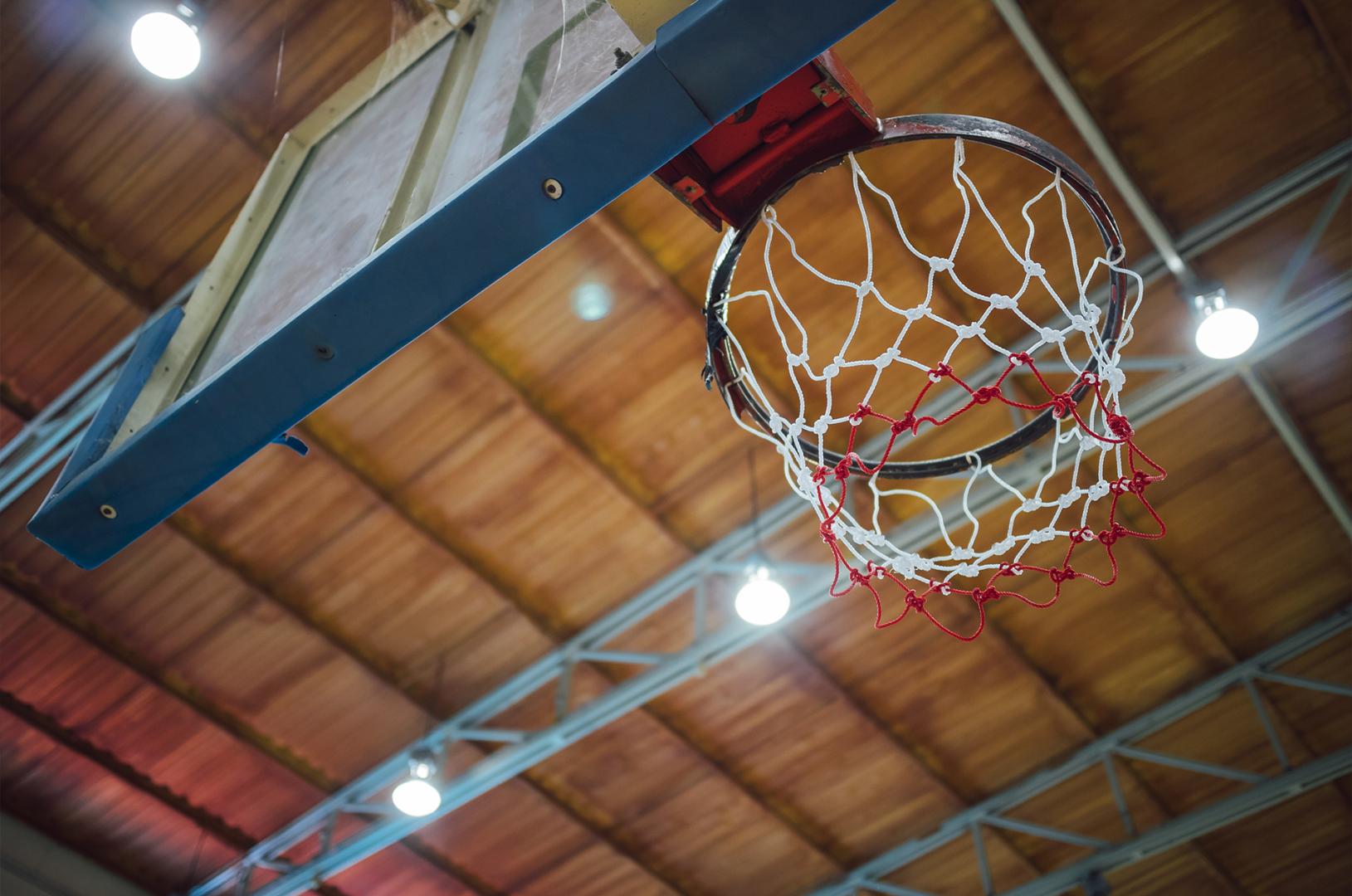
Government grants and funding for community sports building Sport and Recreation Victoria is offering a supportive Community Sports Infrastructure...